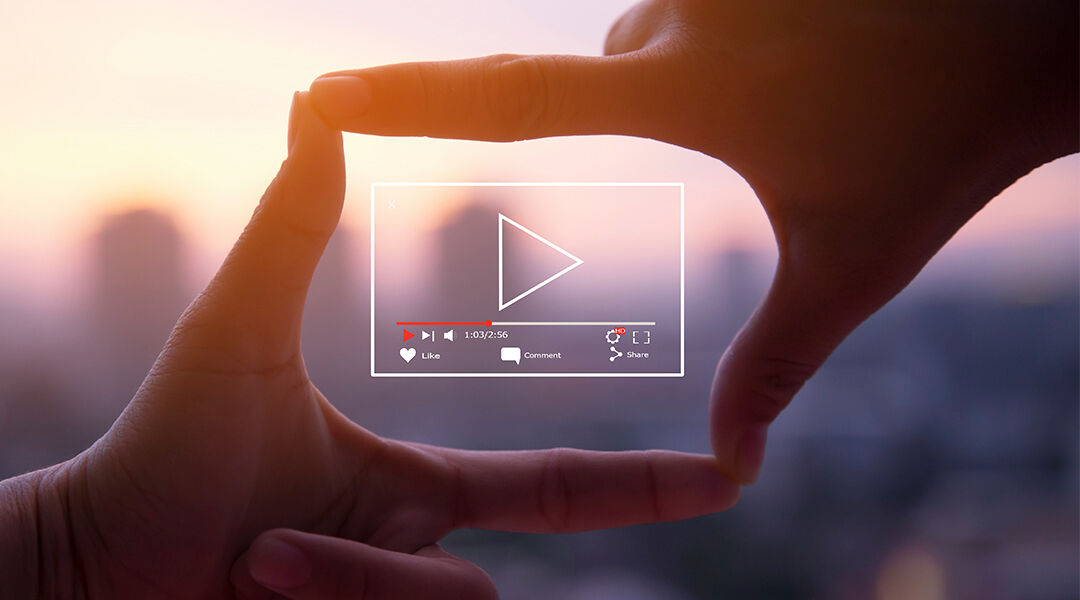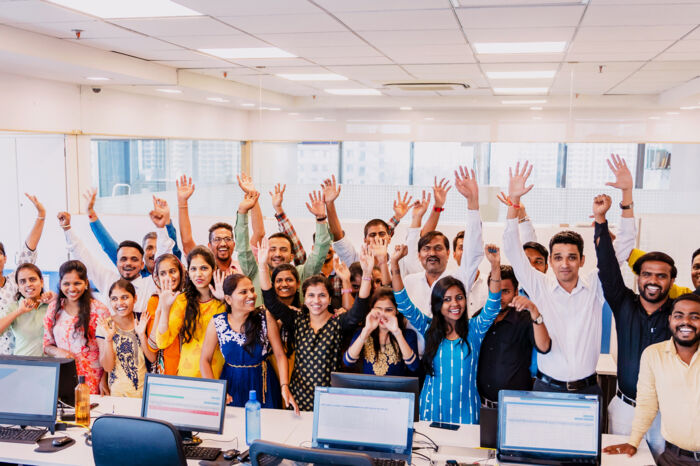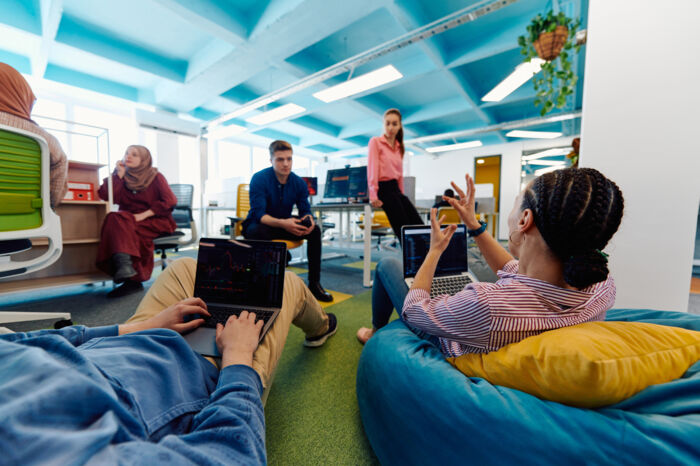
In short, the answer is no, at least not for the entire industry. The digital engagement opportunities we found during the pandemic were discovered out of necessity, but that doesn’t mean that we will be turning our backs on them in the future. Going digital helped towards solving our client challenges like budget, timing, and access.
Professionally and personally, our tech has allowed us to stay connected with ease, kept us informed, and helped towards dealing with being locked down. It would be naïve to assume that upon returning to the new normal, these avenues for connecting audiences will disappear.
One thing to bear in mind is something that we undoubtedly have all experienced - digital fatigue.
With so much of our time having been spent in front our devices, there has been overwhelming reports of fatigue, lack of attention, and lapses in interest when experiences are formatted solely on digital platforms.
Being as our devices have been our main form of connection and escapism recently, time spent in front of screens should be a crucial consideration when designing an experience.
Hybrid, the new normal
Soon, we will see hybrid elements playing a huge role in events. The pandemic fast tracked the move towards the combination of analogue and digital elements within events. Now, this shift will unlock new engagement streams and overcome some of the key challenges that haunted events in years gone by.
Here’s an example. When expanding your audience base, there’s a high chance of those audiences hailing from different time zones. Hybrid helps us solve this challenge by allowing us to split our event into different time zones, staggering the content and helping to create a better shared virtual experience.
However, it’s important to remember that although engagement streams can be separated using technology, it doesn’t mean that your event will be disjointed. You will be able to segment your content into digestible and focused portions, and even target the most relevant sections to respective locations. Hybrid is about increasing audiences, not dividing them.




